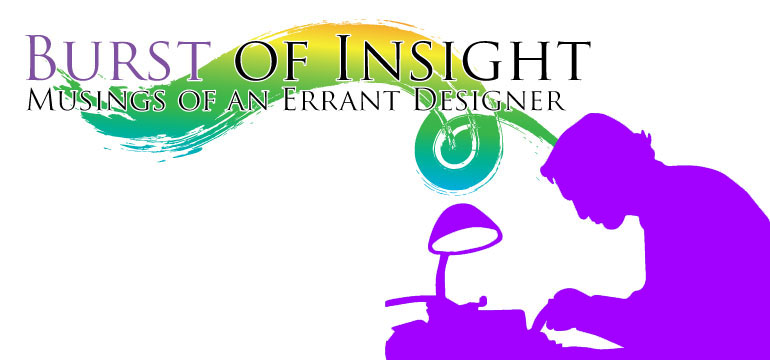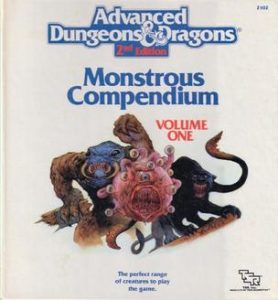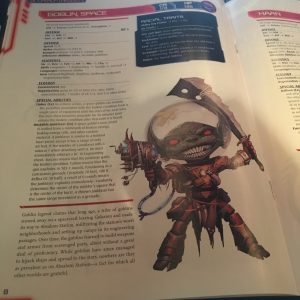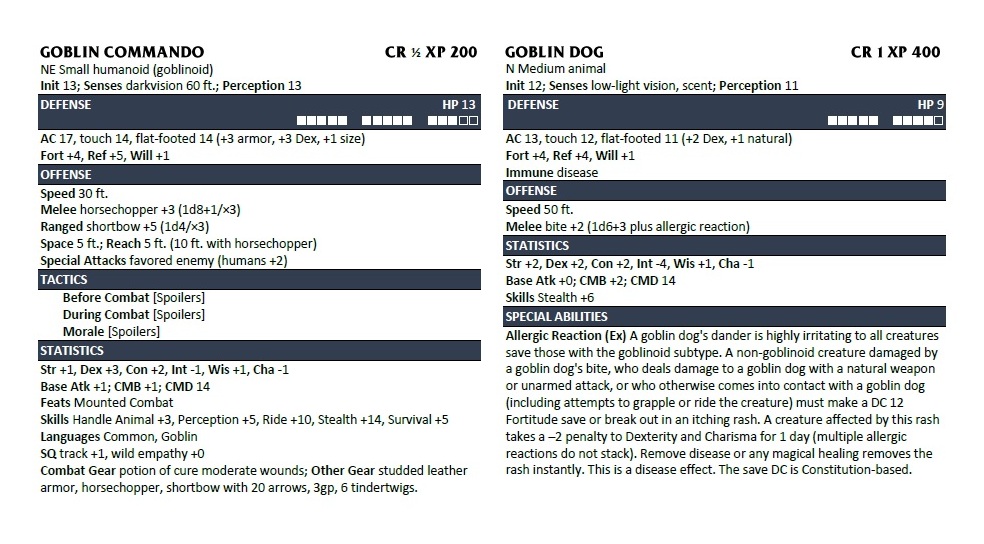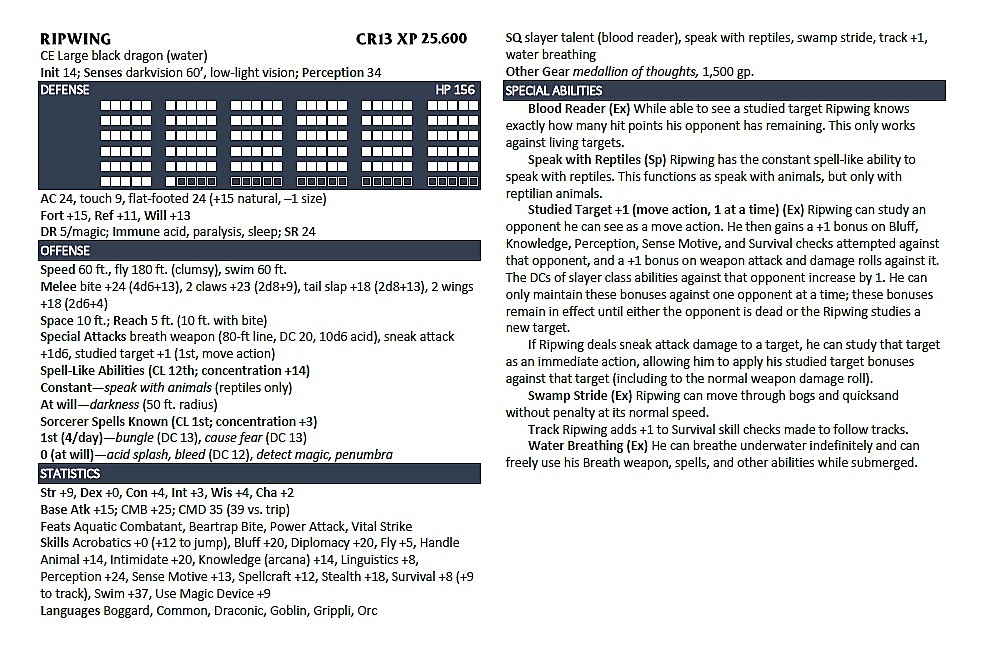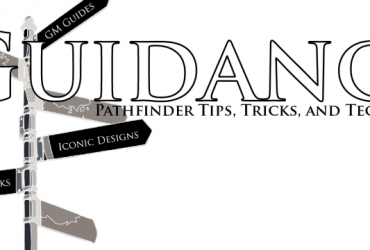By now everyone interested in Starfinder has probably gotten their hands on a print or PDF copy of Starfinder First Contact Paizo’s Free RPG Day release this year. We knew Starfinder was going to be a whole new game fashioned from the same d20 chassis as Pathfinder but a little different. Today I want to look at a few of the changes First Contact highlights and talk about porting some of those broad concepts into your home Pathfinder games. Particularly, in how you might prep for your next session.
But before I do, I want to talk a little gaming history, because I may not prep sessions the way you do. When Second Edition Advanced Dungeons and Dragons first launched TSR did away with monster manuals as we knew them (and how we know them now). Instead, TSR released a 3-hole binder they called the Monstrous Compendium with all the monsters printed on loose sheets you could clip into the binder. Later sets of just monster sheets were released with the intent you’d just add them to your binder.
These products were novel and quite innovative at the time and while they had some flaws, they did allow me as a GM to have just the monsters I needed on the table in front of me. Sometimes, if time allowed I’d make a trip to the library and run copies of monsters so I could take notes right on the monster entry.
Eventually, the game moved back away from this format and I was again dragging lots of books to the table until the rise of the PRD, PDFs, and improvements in desktop publishing. So with technology on my side, I’m back to having just the statblocks I need at my fingertips with only a modicum of extra effort. Now Starfinder First Contact illustrates how we might further streamline the statblock and make it easier to find just what you need. So while I’m intrigued by many of the rules changes pointed out by the book, it’s the simplifications of the presentation I’d like to talk about most today.
Looking at the space goblin entry, at first glance it’s the familiar two-column layout. Sure CR and XP occupy the “monster name” line but otherwise, it’s familiar. Except Hit Points are right on the Defense header line of the statblock. A much better location for easily referencing. Other changes called out in the beginning of the book are also easily noticed: Monster ability scores are listed just as their modifiers (“If you ever need a monster’s exact ability score, assume it has the minimum ability score that corresponds to its modifier…”), Not every feat gets listed, feats that just alter a small portion of the statblock (like Toughness or Skill Focus) simply aren’t listed which results in less word clutter. So it’s familiar but still distinctly different.
Unchained Initiative
These aren’t huge changes and are easily ported over to your preparations for your next game. This streamlining also works nicely with a simple house rule I began using some time ago. Instead of having the NPCs roll for initiative I assign each NPC an Initiative Score and place that on the statblock instead of the normal modifier. I also do this for their Perception skill as it appears at the top of the statblock. I leave the skill itself alone in case I still need to roll Perception for some reason.
These static scores are typically equal to 10 + the character’s relevant modifiers. Situational modifiers might adjust the current score up or down. In this system, PCs roll initiative normally and the NPC acts on the same count as his or her initiative score. It’s that simple. Removing just a few dice rolls allows me to focus on getting all the PC’s initiatives logged quickly so everyone can dive right into combat.
The Final Statblocks
Below is a sample statblock drawn from an early encounter in the Emerald Spire (most of the spoilery bits have been removed). Note that I have also omitted the Goblin Commando’s race/class notation as well because it’s largely irrelevant to what I need to run this encounter. I’m also using my house rules here and since this particular encounter specifically calls out the Commando as inattentive I imposed a -2 to his Perception Score and recorded it accordingly. I’ve also added boxes to mark off lost hit points (an “X” for lethal damage and a “/ ” for non-lethal).
In regards to feats note, I left Mounted Combat on the Commando’s statblock because it is an ability that doesn’t just alter the goblin’s statistics. Conversely, I didn’t need to keep the Toughness feat listed on the Goblin Dog because it only adds bonus hit points. I debated removing the information in the parentheses at the back of the “AC” line but ultimately decided that the details were worth keeping even if I rarely have to reference them.
Now let’s take a look at a more complicated statblock like our old friend Ripwing from my March 6th blog. Ripwing’s statblock still looks a lot busier than the goblin above but that’s to be expected with a CR 13 opponent. That said, this one is a lot cleaner than the original Ripwing. I excised much of the word clutter making it easier to find his feats and remember to use them effectively at the table. I also cleaned up the special ability descriptions by personalizing it and removing the portions of those abilities Ripwing hadn’t accessed yet.
I’m a huge fan of encounter sheets and prepared statblocks rather than a stack of books. I think good preparation is key to keeping everything moving quickly and smoothly during play. If you have a game prep trick that speeds up your games please leave your tip in the comments.

